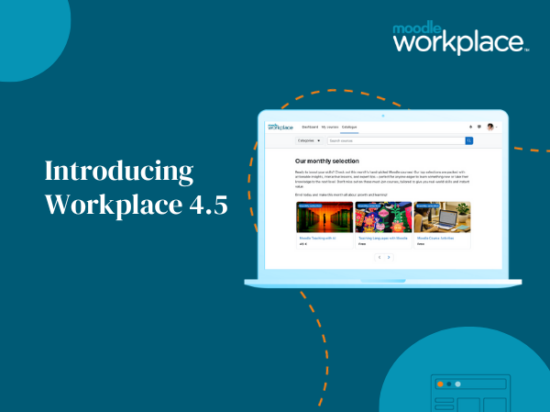We are awash in data which is being parsed, categorised, analysed, and filed away for future use, and this applies to learning analytics.
Like most data, learning analytics have become more sophisticated and can tell you a great deal about how your users are responding to your eLearning.
And like most analytics, there is a method for putting those numbers to good use.
The way it works follows a simple logic chain where you test your assumptions about particular content, collect the data from user responses, analyse the data and use it to polish your product.
How would this work with your LMS?
For example, let’s say you created a course to teach people how to build a garden shed or even make a Caesar salad? Logically, you would clearly state what the course objectives were, then you would probably have your learners gather all the ingredients and building materials, demonstrate how to construct the salad and shed, and then assess whether or not your learners achieved the objective.
Let’s say, for the sake of argument, that 80% of your salads tasted like rubbish, and the sheds looked like they would blow down in a gentle breeze. You came to that conclusion after running a series of assessments based on the content. That is your so-called descriptive analytics which are based on average assessment scores.
The next question, of course, is why these learners performed so poorly? The “why” diagnosis are called diagnostic analytics. Moodle, for example, provides you with these kinds of numbers to analyse if your learners performed poorly on a particular assessment question, which might indicate it was worded poorly. On a wider scale, diagnostic numbers can tell you which trainer and which region performed better. The diagnostic numbers perform a metric for comparison.
Now comes the fun part, statistical or predictive analytics. Based on diagnostic and descriptive analytics, these statistical analyses can tell you how likely your learners will perform given a set of circumstances. These analyses, like polling data, can be wildly off the mark. Look at what happened with the U.S. election.
There are three kinds of lies: lies, damned lies and statistics.
Mark Twain popularized this expression which he attributed to British Prime Minister Benjamin Disraeli.
The final category is prescriptive analytics, which is really part of the predictive part of the equation. These numbers will tell you how to structure your content based on how well learners perform. Returning to our salad and shed example, let’s say learners performed better after watching a professional make the salad and build the shed. Then these analytics prescribe a learning sequence that achieve the best statistical outcomes.







